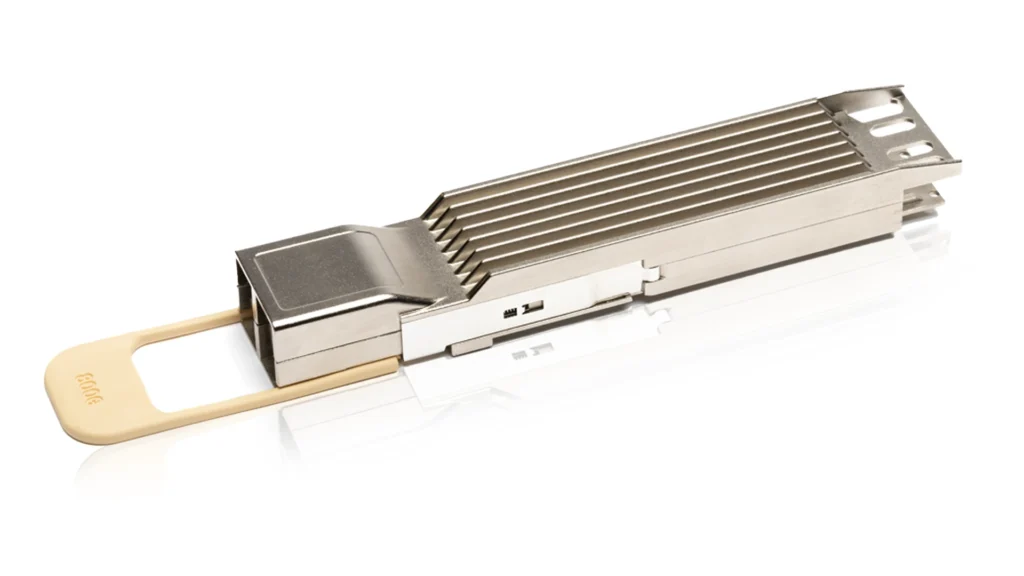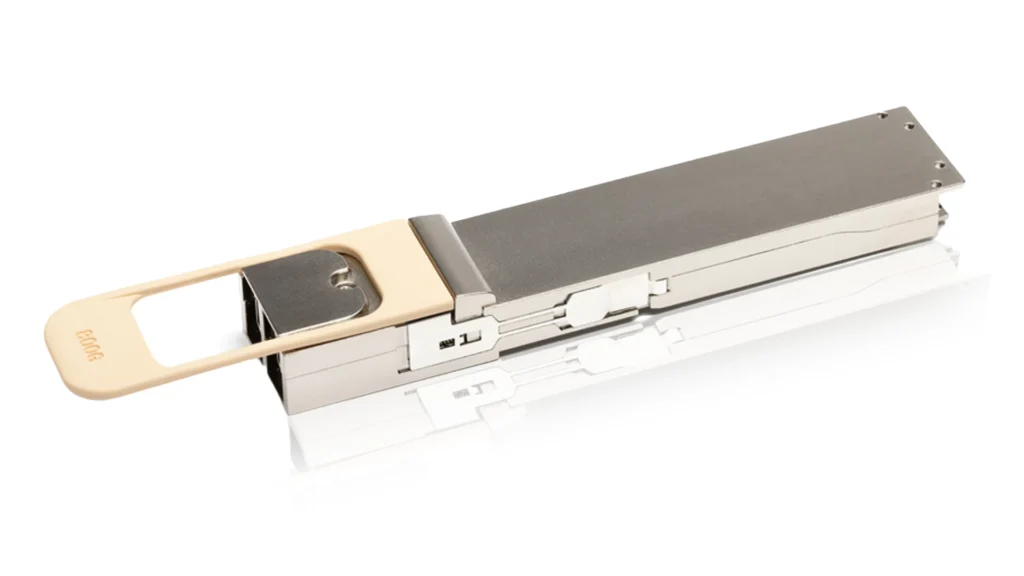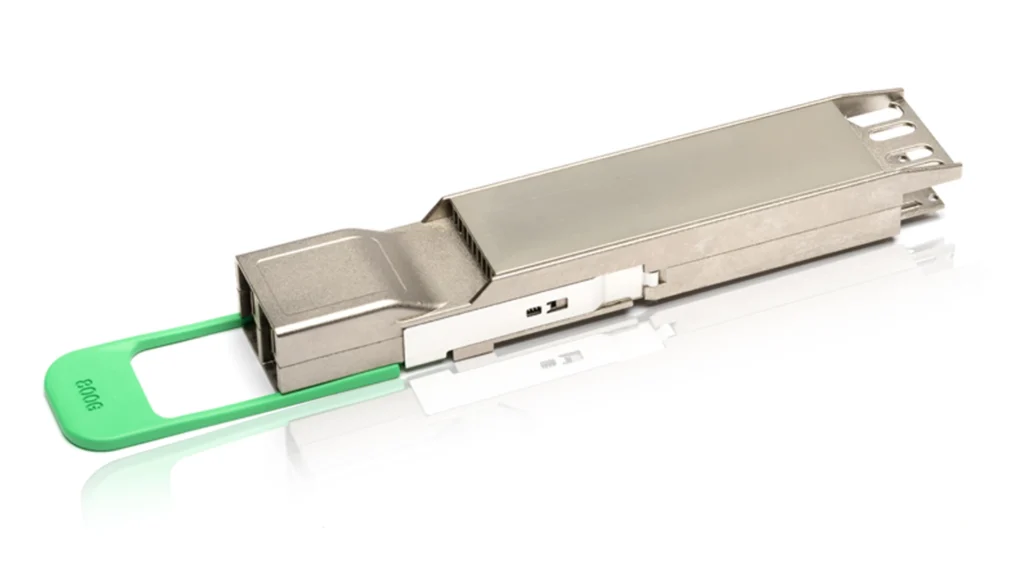Currently Empty: 0.00 €
Open Networking
Understanding Finned-Top, Closed-Top, and Flat-Top Transceivers: A Guide to Optimal Cooling Solutions

When it comes to networking hardware, efficient cooling is critical for ensuring long-lasting performance and reliability. Among all of the various components involved, transceivers play a crucial role in managing data transmissions within networks, and their thermal management designs can significantly impact their functionality. In this article, we explore three common types of transceivers—Finned-Top, Closed-Top, and Flat-Top—each offering unique cooling solutions suited to specific environments. Let’s dive into the key differences and applications of these designs.
1. Finned-Top Transceivers: Optimized for Enhanced Passive Cooling
Design:
Finned-Top transceivers are designed with a ribbed or finned top surface. This design increases the surface area of the transceiver, enabling it to dissipate heat more efficiently. The added surface area promotes airflow over the transceiver, boosting its natural convection cooling.
Cooling Efficiency:
The fins help passively manage heat by allowing more air to flow over the surface. This enhances the cooling without the need for active components such as fans or external heat sinks, making it ideal for environments where system-level cooling might be limited or not feasible.
Applications:
These transceivers are well-suited for high-density data center environments or network deployments where passive cooling is crucial to maintaining performance, especially in settings that lack adequate airflow.
Advantages:
The Finned-Top design offers superior thermal management compared to smooth-top transceivers, reducing the need for external cooling solutions. This design can be a significant benefit in data centers where space and power efficiency are top priorities.

2. Closed-Top Transceivers: Compact and Dust-Protected
Design:
Closed-Top transceivers feature a smooth or fully enclosed top surface. Unlike the Finned-Top design, these transceivers don’t have additional external cooling fins.
Cooling Efficiency:
Closed-Top transceivers depend more heavily on the overall system’s cooling infrastructure. This may include chassis fans or external heat sinks, as the transceiver itself doesn’t contribute much to passive cooling.
Applications:
This type of transceiver is ideal for environments where airflow is already well-managed, or in systems with sufficient external cooling. Closed-Top transceivers are often preferred in setups that require protection from dust and other environmental contaminants, ensuring durability in challenging conditions.
Advantages:
With a more compact design, Closed-Top transceivers can fit easily into tightly packed systems. Their sealed design also offers some protection against dust and other environmental hazards, although it does rely more on the system’s cooling capabilities.

3. Flat-Top Transceivers: Streamlined for Compact Installations
Design:
The Flat-Top transceiver is similar to the Closed-Top design, but stands out for its smooth, flat surface, which is often chosen for installations where space efficiency and a low profile are key.
Cooling Efficiency:
Flat-Top transceivers don’t have any features to promote passive cooling and, like the Closed-Top design, depend on system-level solutions for heat dissipation.
Applications:
These transceivers are particularly useful in situations where space is limited and transceivers need to fit into compact configurations. Their flat design ensures they can be stacked or placed snugly within tightly packed systems.
Advantages:
Flat-Top transceivers offer a minimal profile, making them easier to handle and install in systems with space constraints. They also contribute to a clean, streamlined aesthetic, which may be preferable in certain environments.

Summary: Choosing the Right Transceiver for Your Environment
- Finned-Top Transceivers are ideal for environments with high-density setups that lack sufficient airflow, as they provide enhanced passive cooling.
- Closed-Top Transceivers offer a sealed, compact design that relies more on the system’s cooling infrastructure, providing basic protection against environmental factors.
- Flat-Top Transceivers are designed for installations where space is a constraint, offering a sleek, stackable design that fits seamlessly into compact configurations.
Understanding these differences allows you to choose the right transceiver design that meets your specific cooling requirements, ensuring optimal performance in your network deployment. Whether you need enhanced passive cooling, protection from environmental contaminants, or a space-efficient design, there’s a transceiver solution that fits your needs


